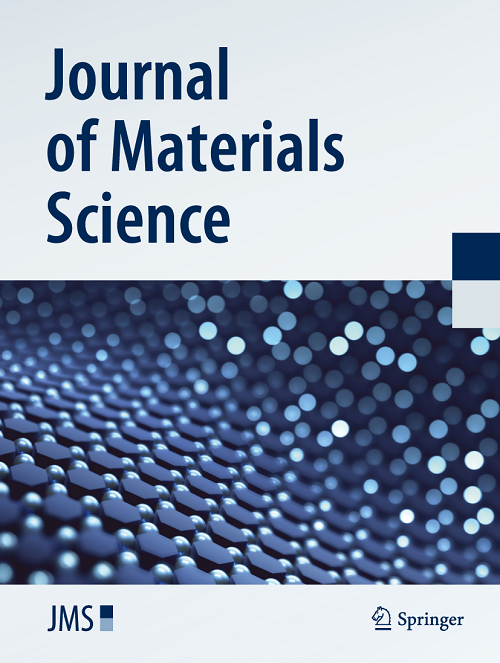Balancing strength retention and quench sensitivity reduction through controlled high temperature pre-precipitation in Al–Zn–Mg–Cu alloys
Abstract
Reducing the quench sensitivity of Al–Zn–Mg–Cu alloys while maintaining high strength remains a key challenge. In this study, balancing strength retention with quench sensitivity reduction is primarily achieved by regulating the microstructure through a high-temperature pre-precipitation (HTPP) treatment. The results reveal that the HTPP treatment promotes the pre-precipitation of the fine η phase at grain boundaries, which affects the precipitation behaviors of both age-precipitated and quench-induced phases. The increased pre-precipitated η phase primarily influences the distribution of age-precipitated η phases at grain boundaries rather than the intragranular age-precipitated η' phases, resulting in only marginal strength variations with prolonged HTPP time. Thermodynamically, the pre-precipitated η phase transforms the matrix composition from a high to a low quench-sensitive state. Kinetically, the formation of the pre-precipitated η phase reduces the nucleation rate of the quench-induced η phase, effectively suppressing coarse quench-induced η phase formation at boundaries. Consequently, HTPP significantly mitigates quench-induced hardness loss energy, reducing quench sensitivity. Excessively prolonged HTPP time has no significant effect on lowering the quench sensitivity. The optimal HTPP treatment involves a holding time of 1.5 h at 450 °C to balance strength retention and quench sensitivity reduction of Al–Zn–Mg–Cu alloys.

 求助内容:
求助内容: 应助结果提醒方式:
应助结果提醒方式:


